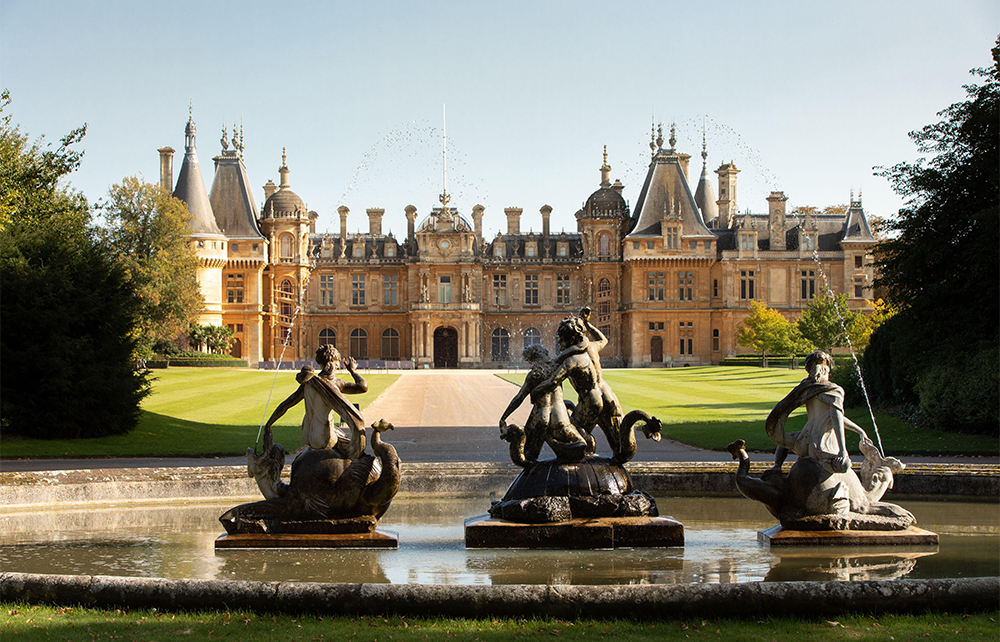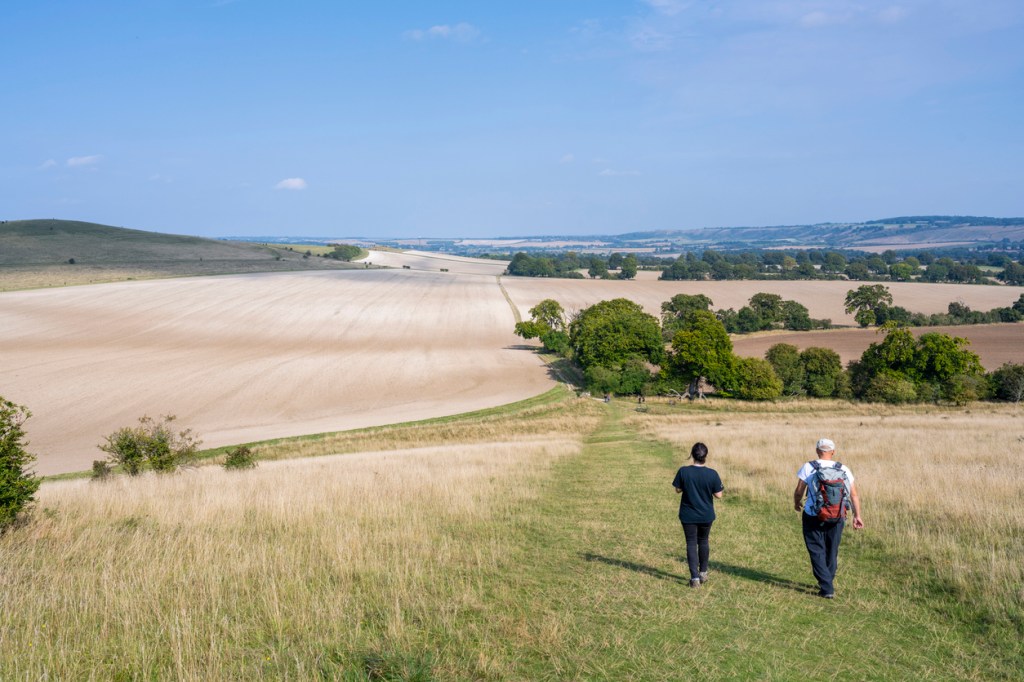The words ‘country houses’ immediately make one think of England, yet only five of the 15 featured in this hefty, impressively illustrated book are in Britain. It is a compilation of essays: part histories of various Jewish families, part architectural descriptions and part stories of the chateaux, mansions, villas and, of course, country houses all over Europe, owned and sometimes built by these families. Each chapter is by a different author.
The swimming pool was surrounded by such a profusion of lilies that the scent at night was overpowering
These homes had different functions. Some, like that of the German-born painter Max Liebermann, were built as traditional country retreats – his palatial town house was next to Berlin’s Brandenburg Gate. Others were inherited: the beautiful Frances Braham, daughter of a distinguished tenor, acquired Horace Walpole’s gothic masterpiece Strawberry Hill through the second of her four husbands. She first married the illegitimate son of the sixth Earl Waldegrave; then, widowed within a year, she married his younger (legitimate) brother, on whose death she inherited the Waldegrave estate, which included Strawberry Hill. She restored the house, filling it with treasures bought on forays to Europe with her third husband.
The property portfolio of the German Jewish family Cahen d’Anvers, several of whom married ‘out’, included a marvellous turreted Italian castle near Orvieto, presided over by the Anglo-Greek wife of Édouard Cahen d’Anvers, a pre-Raphaelite beauty painted by Whistler. Another was the château de Champs-sur-Marne, built in 1703. Here Édouard’s younger brother Louis entertained European royalty and intelligentsia at summer parties.
Other owners used their country houses not only as symbols of wealth and status (Hughenden, with Disraeli’s coat of arms emblazoned above the front door, and the letter ‘D’ liberally scattered throughout its rooms, springs to mind), but almost as museums – fitting backgrounds for their amazing collections of art and objets.
Perhaps the chief English example is Waddesdon Manor in Buckinghamshire, built in the early 1870s by the great collector Baron Ferdinand de Rothschild on the top of a hill – he was determined to outdo the nearby houses of other Rothschilds even in height above sea level.








Comments
Join the debate for just $5 for 3 months
Be part of the conversation with other Spectator readers by getting your first three months for $5.
UNLOCK ACCESS Just $5 for 3 monthsAlready a subscriber? Log in